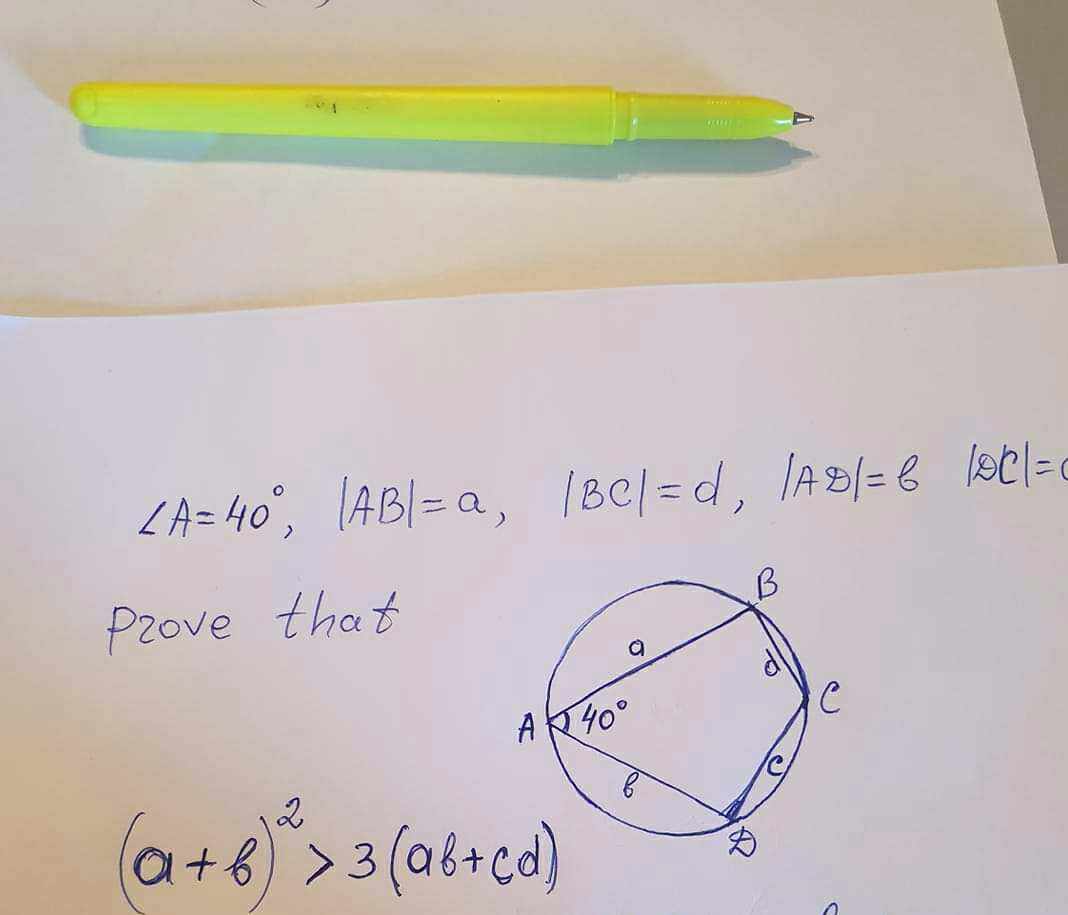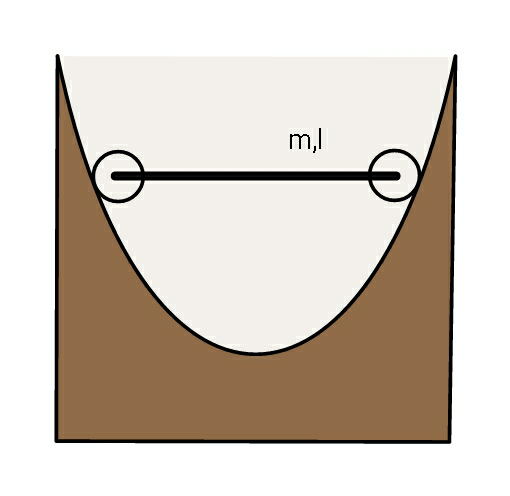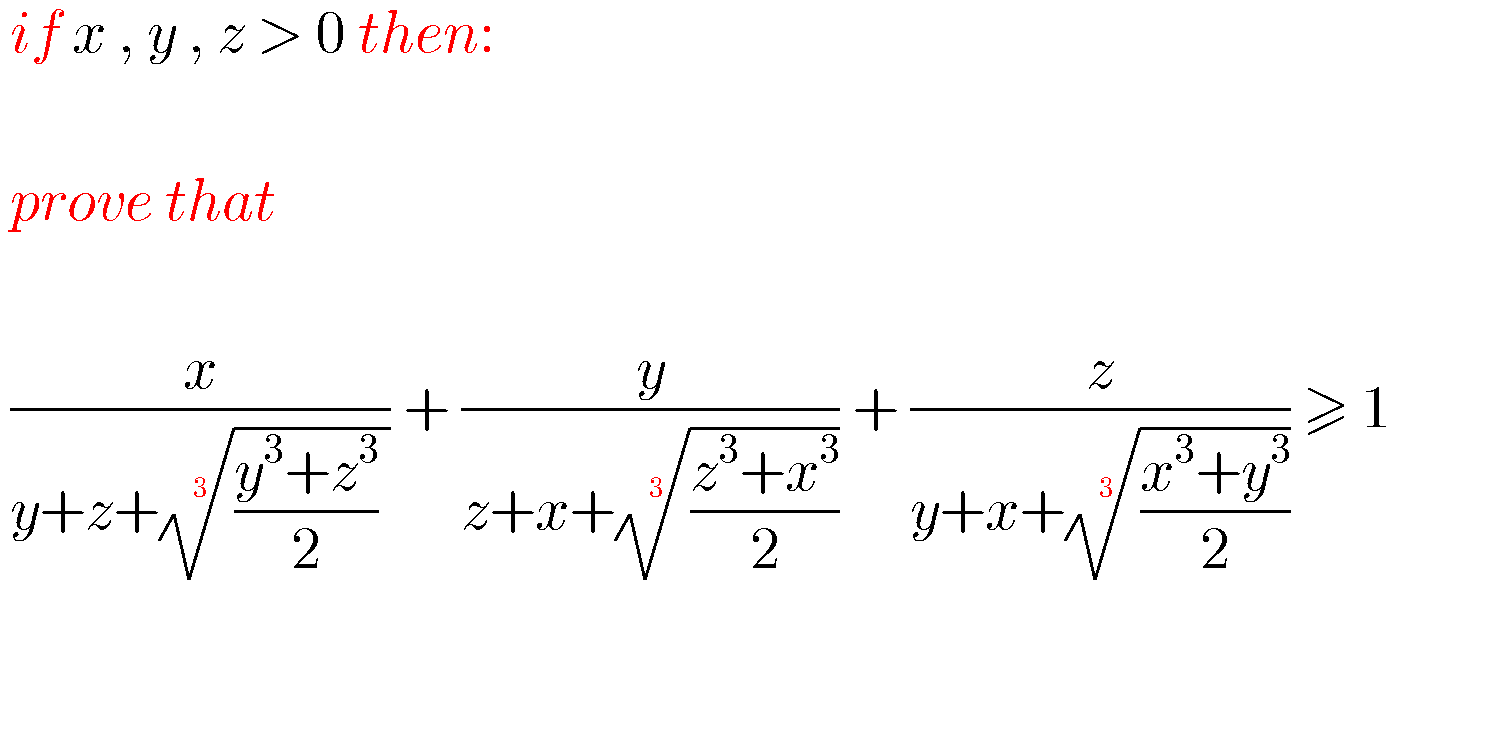
AllQuestion and Answers: Page 1401
Question Number 72479 Answers: 0 Comments: 1

Question Number 72466 Answers: 1 Comments: 2
Question Number 72458 Answers: 0 Comments: 0

Question Number 72453 Answers: 0 Comments: 0

Question Number 72447 Answers: 1 Comments: 0
Question Number 72434 Answers: 1 Comments: 0

Question Number 72435 Answers: 0 Comments: 1

Question Number 72430 Answers: 0 Comments: 0
Question Number 72445 Answers: 0 Comments: 0
$$\int\frac{{x}\:{cos}\left({ax}\right)}{\mathrm{1}+{x}^{\mathrm{2}} }\:{dx} \\ $$
Question Number 72443 Answers: 1 Comments: 0
Question Number 72441 Answers: 2 Comments: 1
$$\mathrm{If}\:^{{n}} {C}_{\mathrm{12}} =\:^{{n}} {C}_{\mathrm{8}} \:,\:\mathrm{then}\:{n}= \\ $$
Question Number 72439 Answers: 0 Comments: 1

Question Number 72438 Answers: 0 Comments: 0

Question Number 72421 Answers: 1 Comments: 0

Question Number 72416 Answers: 0 Comments: 1

Question Number 72414 Answers: 1 Comments: 1

Question Number 72413 Answers: 0 Comments: 0

Question Number 72408 Answers: 1 Comments: 1

Question Number 72401 Answers: 1 Comments: 0
Question Number 72398 Answers: 0 Comments: 4
Question Number 72397 Answers: 0 Comments: 4
Question Number 72396 Answers: 0 Comments: 2
Question Number 72395 Answers: 0 Comments: 0
$${find}\:\sum_{{k}=\mathrm{0}} ^{{n}} \left({C}_{{n}} ^{{k}} \right)^{\mathrm{3}} \\ $$
Question Number 72394 Answers: 0 Comments: 3
Question Number 72393 Answers: 0 Comments: 0
Question Number 72392 Answers: 0 Comments: 1
Pg 1396 Pg 1397 Pg 1398 Pg 1399 Pg 1400 Pg 1401 Pg 1402 Pg 1403 Pg 1404 Pg 1405
